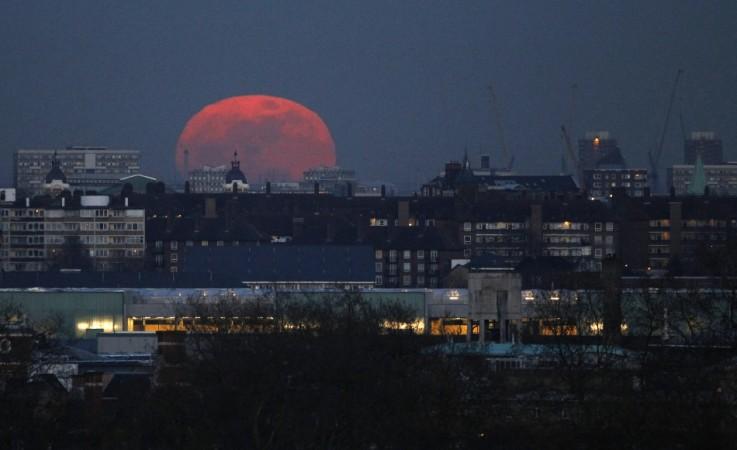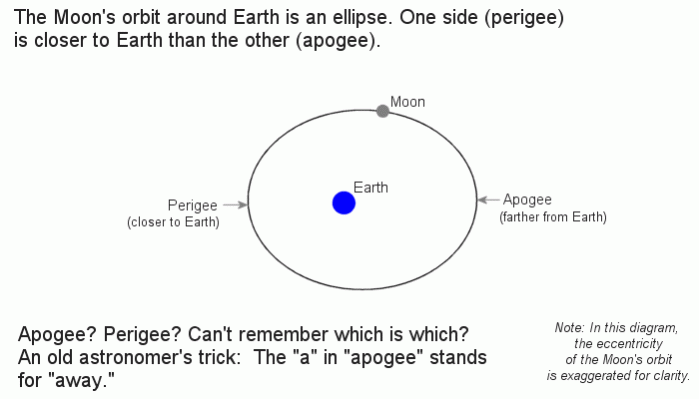
After witnessing Supermoons in July and August, the whole world is gearing up to see this unusual phenomenon once again, as the moon is set to shine 30 percent brighter, and be 14 percent bigger, on Tuesday.
The Supermoon had occurred on Saturday 12 July, and Sunday 10 August, earlier this year. Now, it is all set to tak place again, on Tuesday 9 September, making it the third month in a row.
The supermoon phenomenon occurs when the moon is closest to the earth, on its elliptical orbit. The position where it is closest to earth is called "perigee", while the position where it is furthest away from the earth is known as "apogee". This supermoon phenomenon will start on Tuesday 9 August, at 01.38 am GMT (7.08 am IST).

When the moon is at the perigee position of its orbit, it shines 30 percent brighter and looks 14 percent bigger than the average full moon. The perigee is around 50,000 kilometres closer than the apogee, to earth, making the moon appear bigger and brighter.
"Generally speaking, full Moons occur near perigee every 13 months and 18 days, so it's not all that unusual," said Geoff Chester, who works at the US Naval Observatory, in a press release by National Aeronautics and Space Administration (NASA). "In fact, just last year there were three perigee Moons in a row, but only one was widely reported."
However, Chester believes that this phenomenon has been blown out of proportion by the media, in the past year or so. He says that last year too, the world witnessed three supermoons, and explained that it is nothing special, and that the earth experiences supermoons every year, when the moon passes the "perigee", and is aligned properly with the sun, to create the illusion of a supermoon.
He says that a 30 percent increase in the brightness of the moon would normally not be noticeable to the normal eye, especially in the urban areas. He says that the presence of clouds and excessive atmospheric pollution could dim down the brightness of the moon, making it look quite normal. He also said that a 14 percent increase in its size cannot be noticed by the naked eye. There are no markers present in the sky, by which we can judge the difference in the size of the moon.
Video Courtesy: NASA
"The 'Moon Illusion' is probably what will make people remember this coming set of Full Moons, more than the actual view of the Moon itself," said Chester. "I guarantee that some folks will think it's the biggest Moon they've ever seen if they catch it rising over a distant horizon, because the media will have told them to pay attention to this particular one."
It is not quite clear (even to the astronomers) why the moon appears bigger when it is near the horizon, but this, says Chester, has no connection to the supermoon. However, he did go on to say that due to the media's extensive coverage of the supermoon phenomenon, the interest in astrology has increased recently, which he says, can only be good for the field.
The super moon phenomenon would be streamed live by Slooh.com. Their broadcast starts at 9.30 pm EDT (Monday 8 September), or at 7 am IST (Tuesday 9 September). Views from multiple locations would be offered, with advanced cameras. To stream the "super moon" live, click here.

















